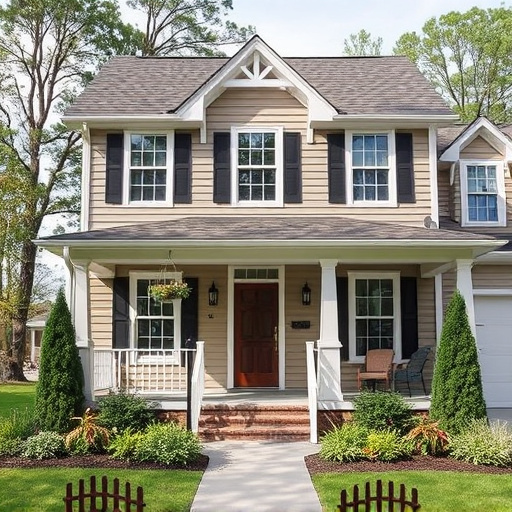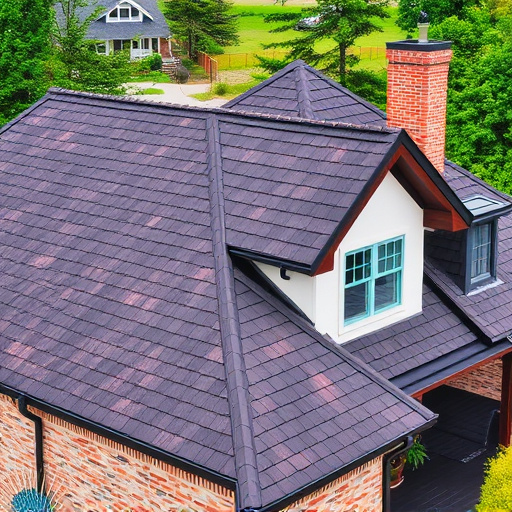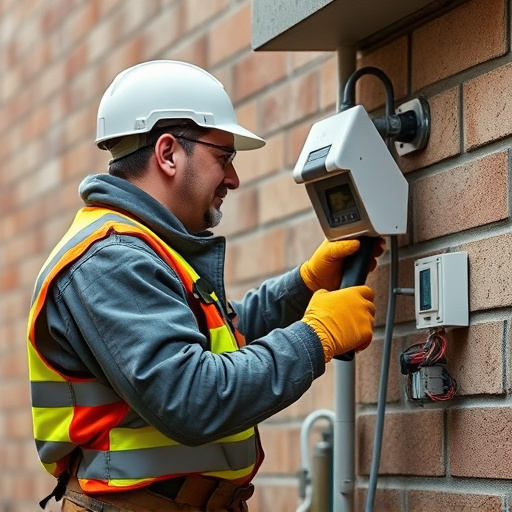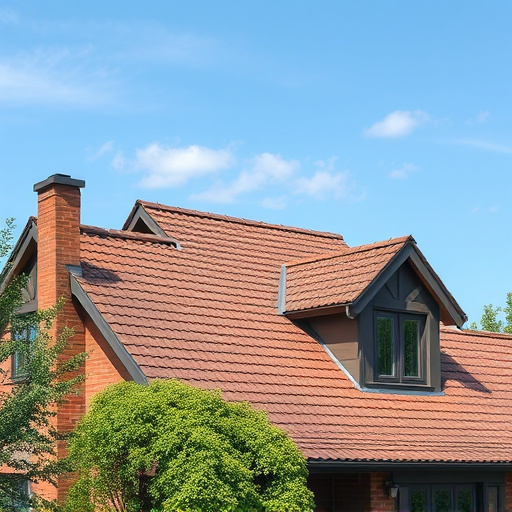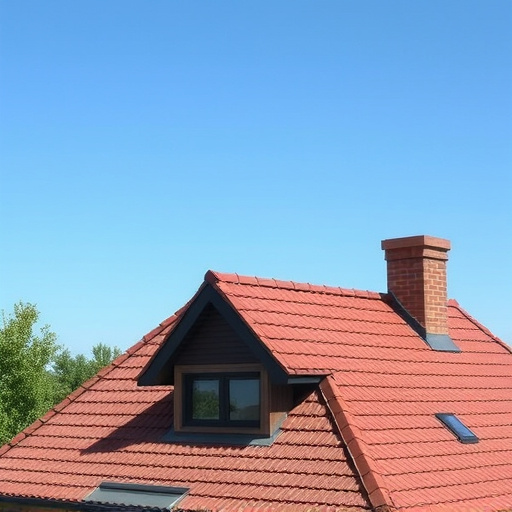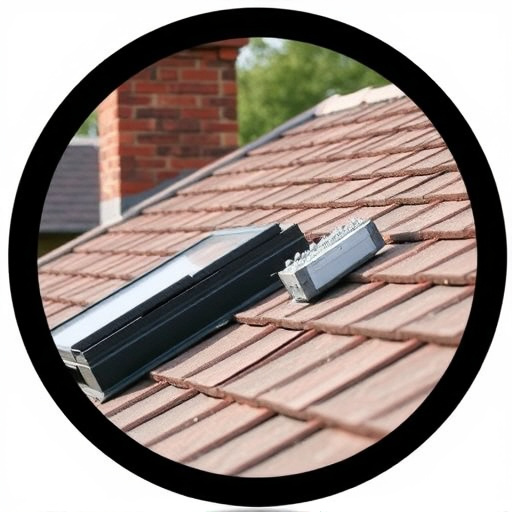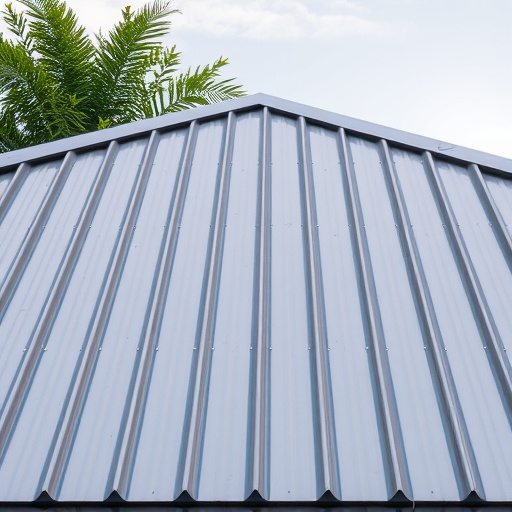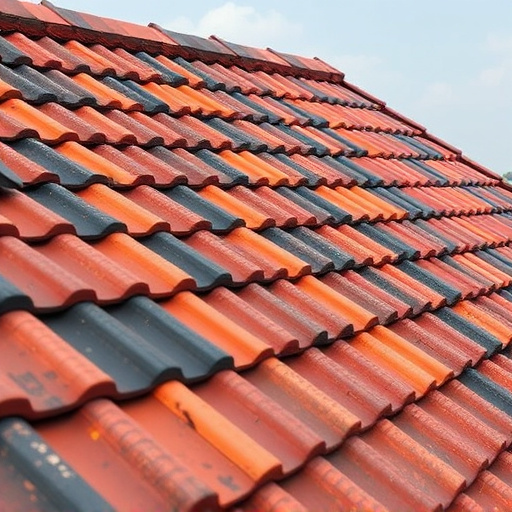A siding system is a key component in achieving energy efficiency and saving on utility costs by providing insulation, ventilation, and sunlight reflection. It significantly reduces heat transfer, lowers cooling expenses, and offers protection against drafts, moisture, and extreme weather, especially beneficial in hot and humid climates. Regular maintenance ensures optimal performance, contributing to a comfortable and energy-efficient living space.
A siding system is more than just exterior cladding; it’s an energy-saving solution that can significantly reduce utility bills. This article delves into the pivotal role of a siding system in enhancing home energy efficiency. We explore how advanced siding improves insulation and heat retention, leading to substantial cooling cost savings. By understanding these benefits, homeowners can make informed decisions, recognizing the long-term value of investing in a quality siding system.
- Understanding the Role of Siding in Energy Efficiency
- How Siding System Improves Insulation and Heat Retention
- Reductions in Cooling Costs: The Impact of a Quality Siding
Understanding the Role of Siding in Energy Efficiency
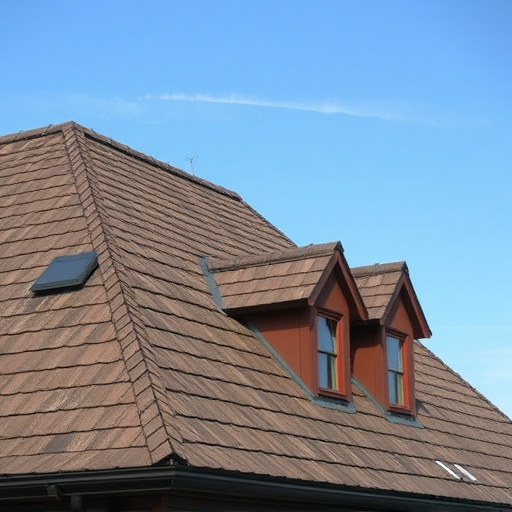
Siding, often overlooked, plays a pivotal role in your home’s energy efficiency and, consequently, your utility bills. It acts as a protective barrier against extreme weather conditions, insulating your home and reducing heat transfer. A well-installed siding system can significantly impact your energy costs by creating an airtight seal that prevents drafts and unwanted air infiltration. This is especially beneficial during colder months, where proper insulation can keep heated air inside, lowering the strain on your heating system.
When considering a siding installation or roofing solutions, many homeowners don’t realize the long-term benefits of energy efficiency. A modern siding system, designed with energy conservation in mind, can offer improved insulation, better ventilation, and reduced moisture buildup. These features collectively contribute to lower heating and cooling expenses. Moreover, some roofing services even incorporate advanced materials that reflect sunlight, further decreasing interior temperatures and, consequently, the demand for constant air conditioning.
How Siding System Improves Insulation and Heat Retention
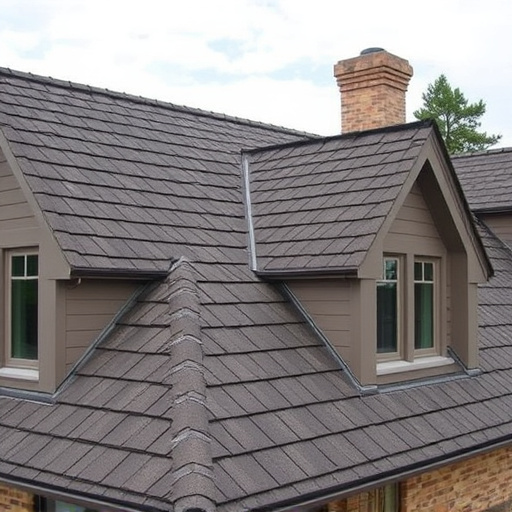
A siding system is a game-changer when it comes to improving insulation and heat retention in both residential and commercial buildings. This robust exterior covering acts as a barrier, preventing heat loss during colder months and keeping excess heat out during hotter seasons. The advanced materials used in modern siding systems are designed to insulate better than traditional methods, reducing the strain on heating and cooling systems.
By enhancing insulation, a quality siding system helps maintain consistent indoor temperatures, leading to significant energy savings. This is particularly beneficial for commercial siding installations where large spaces require efficient temperature control. Moreover, these systems also protect against drafts, moisture, and extreme weather conditions, ensuring comfort and peace of mind for occupants while potentially lowering utility bills.
Reductions in Cooling Costs: The Impact of a Quality Siding
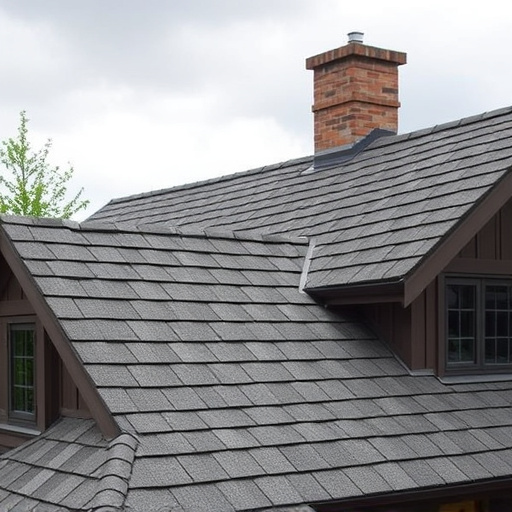
A quality siding system is a powerful tool in the battle against soaring utility bills, particularly when it comes to cooling costs. The right exterior cladding can significantly reduce heat transfer into your home, acting as an insulator that keeps the interior temperature regulated. This is especially beneficial in hot and humid climates where air conditioning usage is frequent and expensive.
By investing in a high-quality siding system, homeowners can enjoy lower energy bills throughout the year. The advanced materials used in modern sidings provide superior insulation properties, preventing heat from penetrating the walls. This reduces the workload on cooling systems, leading to substantial savings on electricity costs. Moreover, regular maintenance and roof repair practices, including siding replacement or upgrade, ensure optimal performance of your roofing solutions, contributing to a more energy-efficient and comfortable living space.
A siding system is not just an aesthetic upgrade; it’s an investment that significantly enhances your home’s energy efficiency. By understanding how these systems improve insulation, heat retention, and reduce cooling costs, you can see why they’re a game-changer for lowering utility bills. A quality siding acts as a protective barrier against the elements, making your home more comfortable and your wallet happier in the long run.
